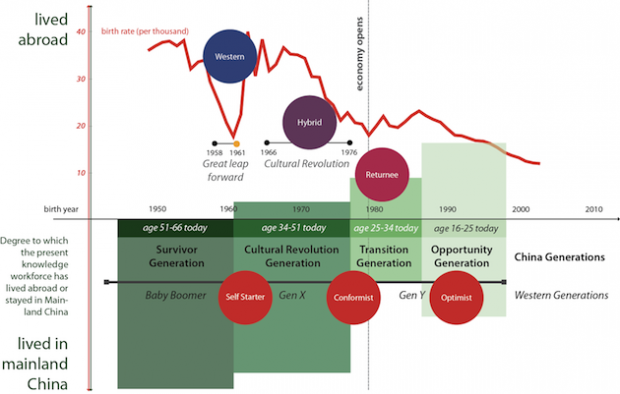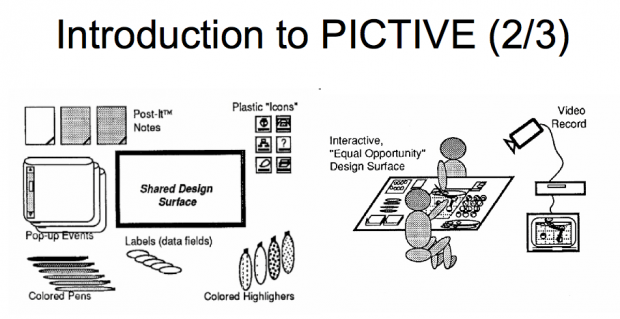Po raz trzeci, razem z Joanną Kwiatkowską i (premierowo) Michałem Aleksandrem przygotowaliśmy pytania, które będą podstawą do opracowania Profilu specjalisty User Experience w Polsce 2015.
Ankieta zawiera 31 pytań, a jej wypełnienie zajmuje około 15 minut. Udzielenie odpowiedzi na wszystkie postawione przez nas pytania jest nieobowiązkowe, dlatego pytania mozna po prostu pominąć. Adres do ankiety:
badanie.hci.org.pl
https://www.surveygizmo.com/s3/2126319/d05c5b7e1c5f
Badanie jest realizowane w okresie od 18 do 30 maja 2015 r. Po wypełnieniu ankiety zachęcamy do pozostawienia adresu e-mail, na który prześlemy raport podsumowujący badanie. Adres e-maill nie jest powiązany z udzielanymi odpowiedziami.
Bardzo gorąco zapraszamy do udziału ;)
Wyjaśnienie: nawał zawodowych obowiązków, uniemożliwił nam publikację pełnych wyników z roku 2013 roku. Najważniejsze wnioski, zostały ogłoszone na WUD na Pradze 2013 i są od tego czasu dostępne w serwisie SlideShare. Aby nie doszło do podobnej sytuacji także w tym roku, poszerzyliśmy zespół autorów o Michała.







Recent Comments